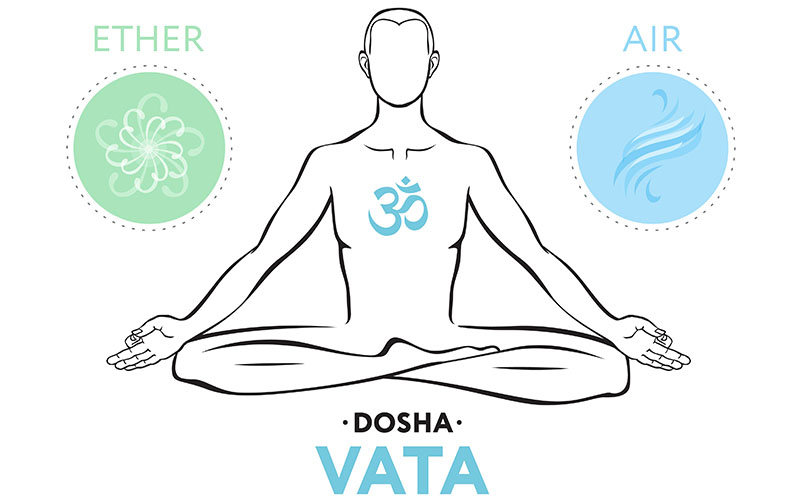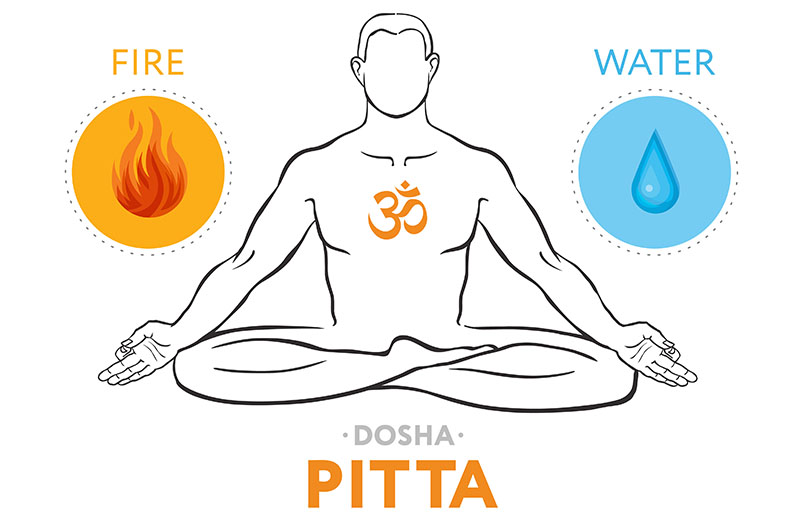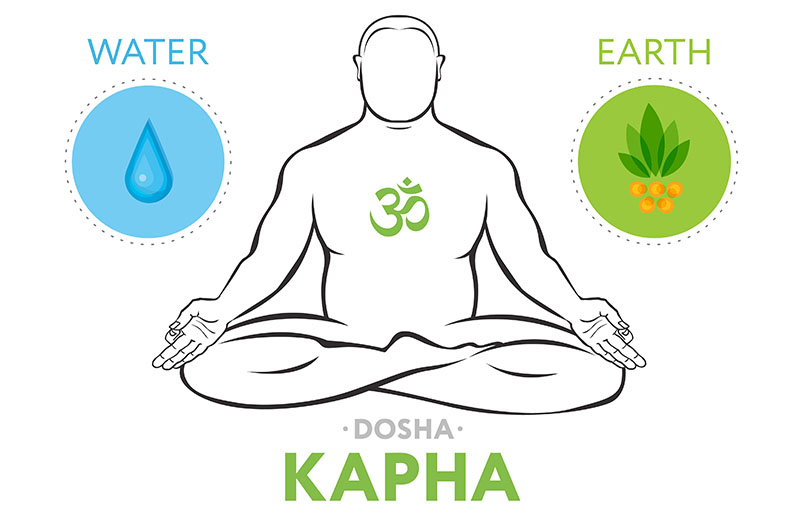
A Short Introduction to Ayurveda
By: Marielle Weintraub, Ph.D.
January 12, 2021

In today’s Discover Zilis Blog, we begin to review some of the principles behind one of the oldest known healing sciences, Ayurveda, originating in India and gaining popularity in the western world.
Considered by many scholars to be the oldest healing science, Ayurveda in Sanskrit means “The Science of Life”. Ayurvedic knowledge originated in India more than 5,000 years ago and is considered there to be the “Mother of All Healing,” designed to address health issues at the root cause while considering the whole person; their body, mind, and spirit. Ayurveda places great emphasis on prevention and encourages the maintenance of health through close attention to balance in one’s life. Ayurveda empowers people to take command of their health with natural options that can lead to a harmonized body, mind, and spirit, and many healthcare providers across the full spectrum of disciplines incorporate Ayurveda into their practices.
According to Ayurveda, every person is born with a dosha, a mind-body characteristic comprised of three elements that defines the person. Everyone is made of these three different elements, but if they are imbalanced, one may develop health issues. Adaptogenic herbs, diet, centering activities such as meditation, yoga, massage, and sleep, can help put these elements back in balance.
As mentioned earlier, there are three Ayurvedic elements that comprise a person’s dosha and the best way to understand the makeup of your elements is to take a survey that can ascertain both metal and physical attributes. Once someone understands their current elemental ratios, they can begin to learn how to increase their awareness of changes or imbalances in those elements.

Vata is the subtle energy associated with movement. It is composed of space and air, governs breathing, blinking, muscle and tissue movement, and heart rhythm. In balance, vata promotes creativity and flexibility while, if out of balance, can promote fear and anxiety.

Pitta expresses as the body’s metabolic system. Pitta is made up of fire and water and governs digestion, absorption, assimilation, nutrition, metabolism, and body temperature. In balance, pitta promotes understanding and intelligence while, if out of balance, increases anger, hatred, and jealousy.

Kapha is the energy that forms the body’s structure including bones, muscles, and tendons. It holds all cells together and is formed from earth and water. Kapha supplies the water for the body and is involved in systems like lubricating joints, moisturizing the skin, and maintaining immunity. In balance, kapha is expressed as love, calmness, and forgiveness while, if out of balance, it leads to attachment, greed, and envy.
Ayurveda teaches us to learn about our dosha, understand the relationship we have to each element, and to take an active role in assuring our own inner balance.

In addition to the Ayurvedic teachings surrounding our dosha, Ayurveda also teaches the importance of sustaining health through nutrition and support of the digestive system. There are six tastes, known as Rasas, and are utilized in Ayurvedic practice to gauge the properties and potential actions of ingredients. This teaching suggests that a balanced diet needs to contain all six tastes at every meal to create optimal health. These six tastes include: sweet, sour, salty, pungent (spicy), bitter, and astringent.
One of the most highly regarded ingredients in Ayurveda is Amalaki, commonly known as Indian gooseberry or amla. In Sanskrit, Amalaki means “the sustainer” as it contains five out of the six Rasas and is a wonderful source of nutrients. Amalaki contains vitamin C, pectin, amino acids, and polyphenols, such as tannins and gallic acid, which are known antioxidants.1
Ayurveda teaches us to take an active role in assuring our own health and inner balance by learning about our dosha, understanding the relationship we have to each element, and supporting our bodies with nutrition and exercise.

ATTENTION – Please go to IDS.Zilis.com for important and complete information regarding the income statistics for all Zilis Ambassadors.
Footnotes:
[1] Goraya R, Bajwa U. (2015). Enhancing the functional properties and nutritional quality of ice cream with processed amla (Indian gooseberry). J Food Sci Technol, 52(12):7861-7871.
About Zilis’ Scientific Research & Development Department
Our Scientific Research and Development Department is headed up by Dr. Marielle Weintraub, a hemp industry expert. She holds a master’s and a PhD in Behavioral Neuroscience and is very active in many dietary supplement and hemp industry trade associations, including her role as the current President of the U.S. Hemp Authority. Dr. Weintraub is committed to the continued development of hemp-specific information and testing to fulfill the Zilis mission.
Zilis is the creator of UltraCell™, a CBD oil product derived from hemp. Based in Argyle, Texas, a suburb of Dallas-Fort Worth, Zilis is privately held. Visit zilis.com for more information.
SHARE THIS POST
ABOUT THIS BLOG
Discover : The blog with the lifestyle, nutrition, science, and history of the hemp industry.
It’s your go-to for the most up-to-date information on hemp, CBD, dietary supplements, and more! Check it out!






